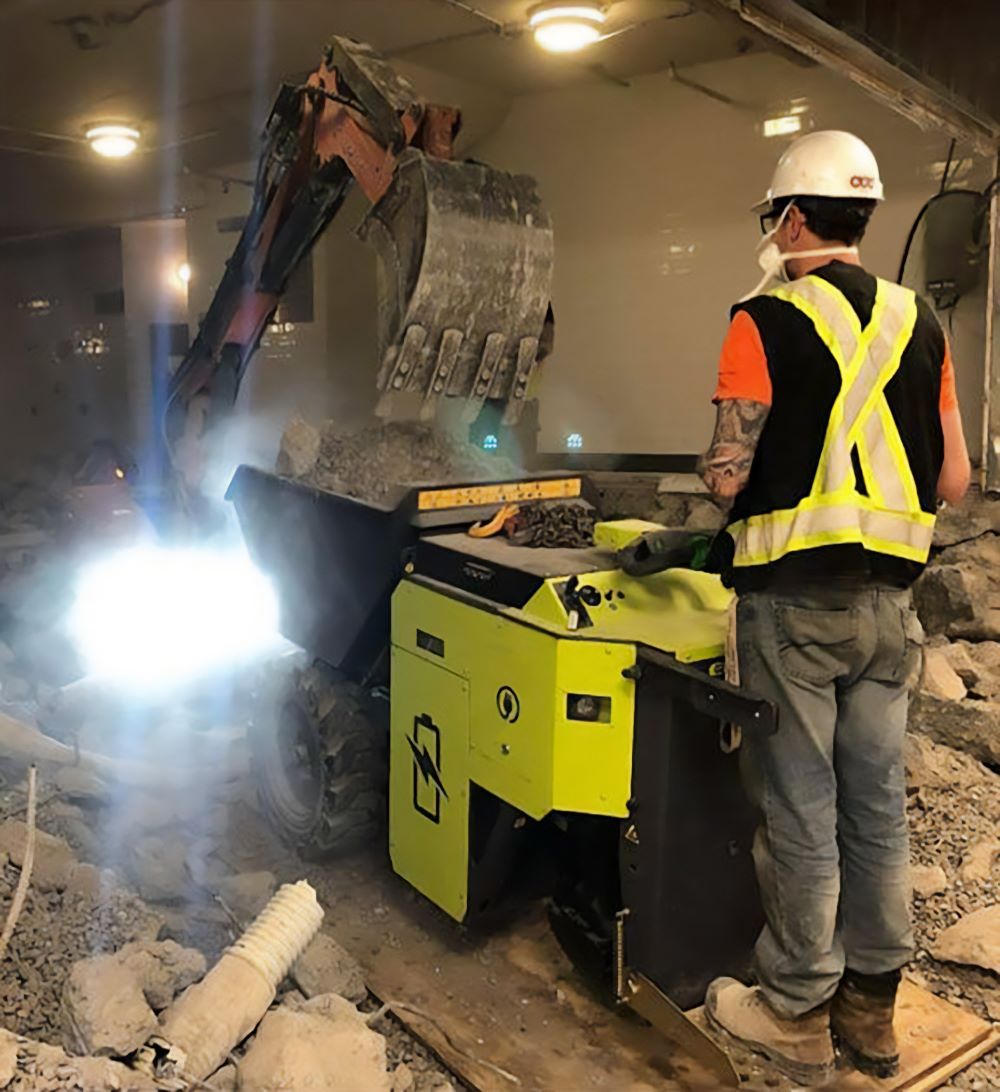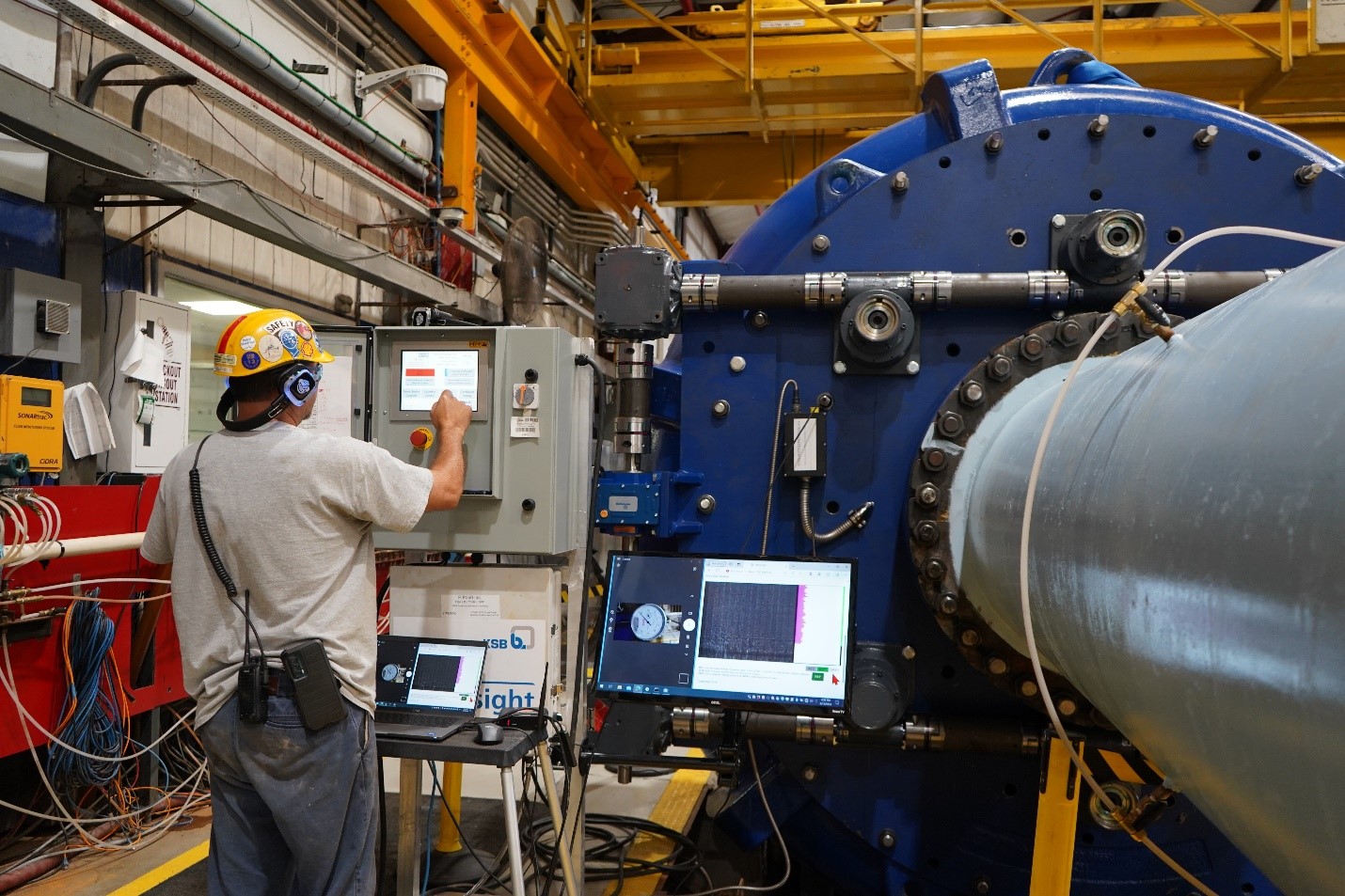Equipment and suppliers news (October 01, 2002)
Pliable display technology project completed
Vancouver-based IDELIX Software Inc., makers of the visualization technology known as pliable display technology (PDT), has completed its PDT Web Map Client, developed in conjunction with the GeoConnections Initiative and Natural Resources Canada. The PDT Web Map Client enables users to access geospatial data provided by the GeoConnections partners over the Internet, and view it using PDT’s powerful detail-in-context viewing capabilities.
The PDT Web Map Client provides the opportunity for GIS and remote sensing professionals from around the world to analyze Canadian geospatial data more efficiently than ever before. With PDT, users can now view location or destination details without the expense of having the surrounding context being zoomed “off the display” and out-of-sight. As the lens roams over points within the display space, it magnifies information and redistributes space around the area of interest.
New oil sands service and warehouse support facility
P&H MinePro Services – Canada is investing in a new project support facility, due to open near Fort McMurray, Alta., in early 2003. This will support the growing number of P&H mining shovels working in the vast oil sand deposits of northern Alberta.
The new facility, which features 15,000 square feet of space, is located at Fort MacKay, close to existing and future oil sands mines, for fast, round-the-clock service. The company provides a wide range of parts, field support and field repair services for all types of large mining equipment, regardless of make. There currently is a fleet of eight P&H shovels working in the region, with three more scheduled for installation at Syncrude Canada by mid-2003.
P&H MinePro Services is the global distribution and support arm of P&H Mining Equipment of Milwaukee, Wis.
Pre-purchase equipment inspection via the Internet
Hoss Equipment Co., Inc. of Irving, Tex., has launched the Hoss-Cam equipment pre-purchase evaluation service. The Hoss-Cam “virtual inspection” is a web-enabled camera system that allows buyers of heavy earthmoving equipment to closely examine specific machines “in action” over the Internet through real-time streaming video. The equipment is located in Irving, Tex., Sparks, Nev., or Virginia, Minn.
Requested machines are presented at the scheduled time with an operator in the cab and the machine running. The Hoss sales rep can relay the prospective buyer’s commands to the operator to demonstrate critical machine components and operations. Anything a buyer could determine about a machine by physically climbing on the unit can be accomplished in principle through a Hoss-Cam.
Hoss is an independent global distributor of new and used heavy earthmoving equipment.
Underground fuel cell locomotive unveiled
A prototype locomotive powered by a hydrogen fuel cell was unveiled in late August in Val d’Or, Que. Because it eliminates the problem of diesel particulates, the fuel-cell locomotive is expected to reduce the costs for underground ventilation, and to be less expensive to maintain than diesel locomotives.
The machine has been undergoing surface testing since the beginning of the year, most recently at Natural Resources Canada‘s experimental mine in Val d’Or. NRCan has contributed $300,000 over two years to the $2.1-million budget for the project. It will soon be moved to Placer Dome‘s Campbell gold mine in Balmertown, Ont., for underground testing and evaluation.
The locomotive was developed by the Denver, Colo.-based Fuelcell Propulsion Institute, with Vehicle Projects LLC. The locomotive itself is an off-the-shelf unit manufactured by RA Warren Equipment of North Bay, Ont., and the power plant was developed by Sandia National Laboratories of Livermore, Calif.
ULF paging system accepted in Canada
The PED System is an ultra low frequency (‘through-the-earth’) paging system that has been installed as standard equipment in 102 mines in the last few years, mainly in Australia and the United States.
The system is starting to be accepted in Canada, where the PED System and its related remote blast initiation system, known as BlastPED, have been installed in a number of mines. The David Bell gold mine at Hemlo, Ont., has installed a PED System for personal paging and remote blasting. The system there consists of a 1,500-m horizontal antenna buried 0.5 m deep in the ground in roughly a circle, that provides complete signal coverage to the underground mine (1,100 m deep). The PED transmission system allows for direct communication to personnel wearing BeltPED Receivers, as well as communication for BlastPED Receiver/Exploders to remotely initiate blasts from the surface office.
More information can be found at www.minesite.com.au





Comments